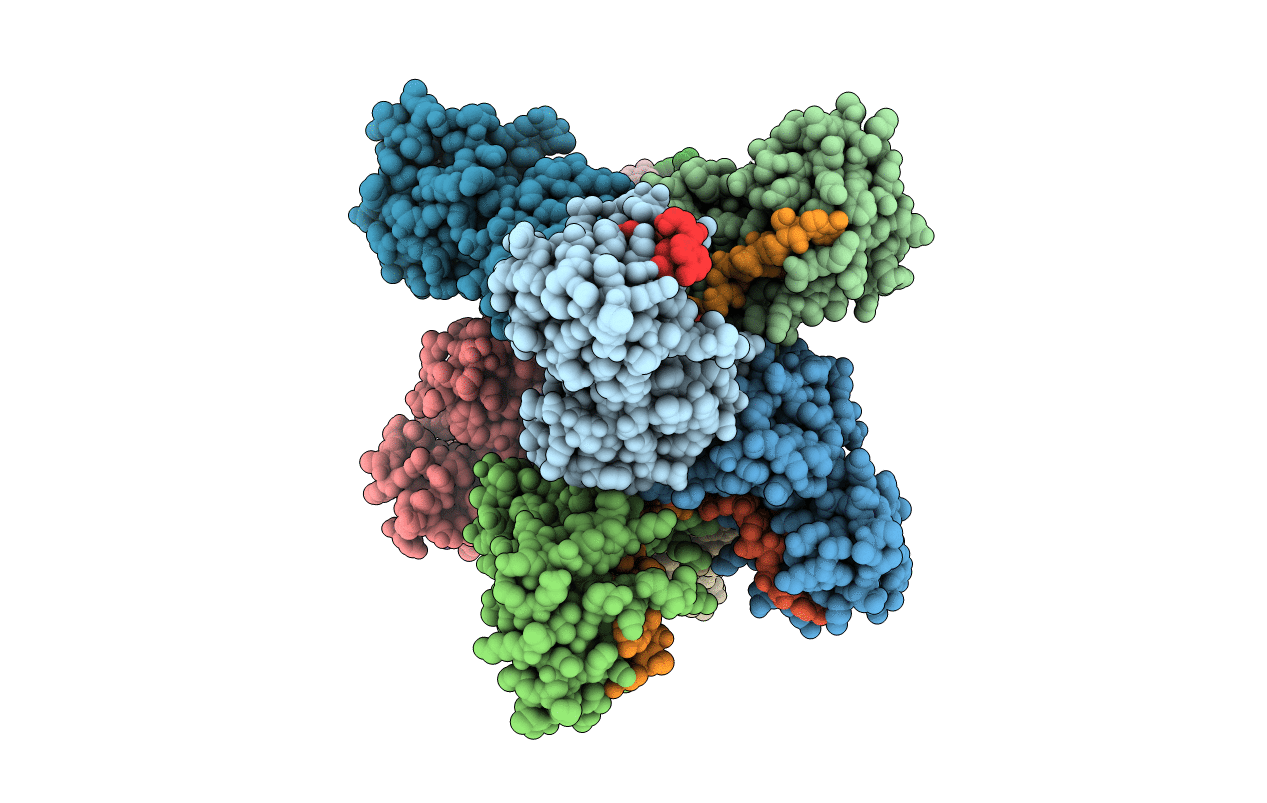
Deposition Date
1999-08-23
Release Date
1999-10-04
Last Version Date
2024-05-29
Entry Detail
PDB ID:
1CVJ
Keywords:
Title:
X-RAY CRYSTAL STRUCTURE OF THE POLY(A)-BINDING PROTEIN IN COMPLEX WITH POLYADENYLATE RNA
Biological Source:
Source Organism:
Homo sapiens (Taxon ID: 9606)
Host Organism:
Method Details:
Experimental Method:
Resolution:
2.60 Å
R-Value Free:
0.30
R-Value Work:
0.23
R-Value Observed:
0.23
Space Group:
P 1 21 1


